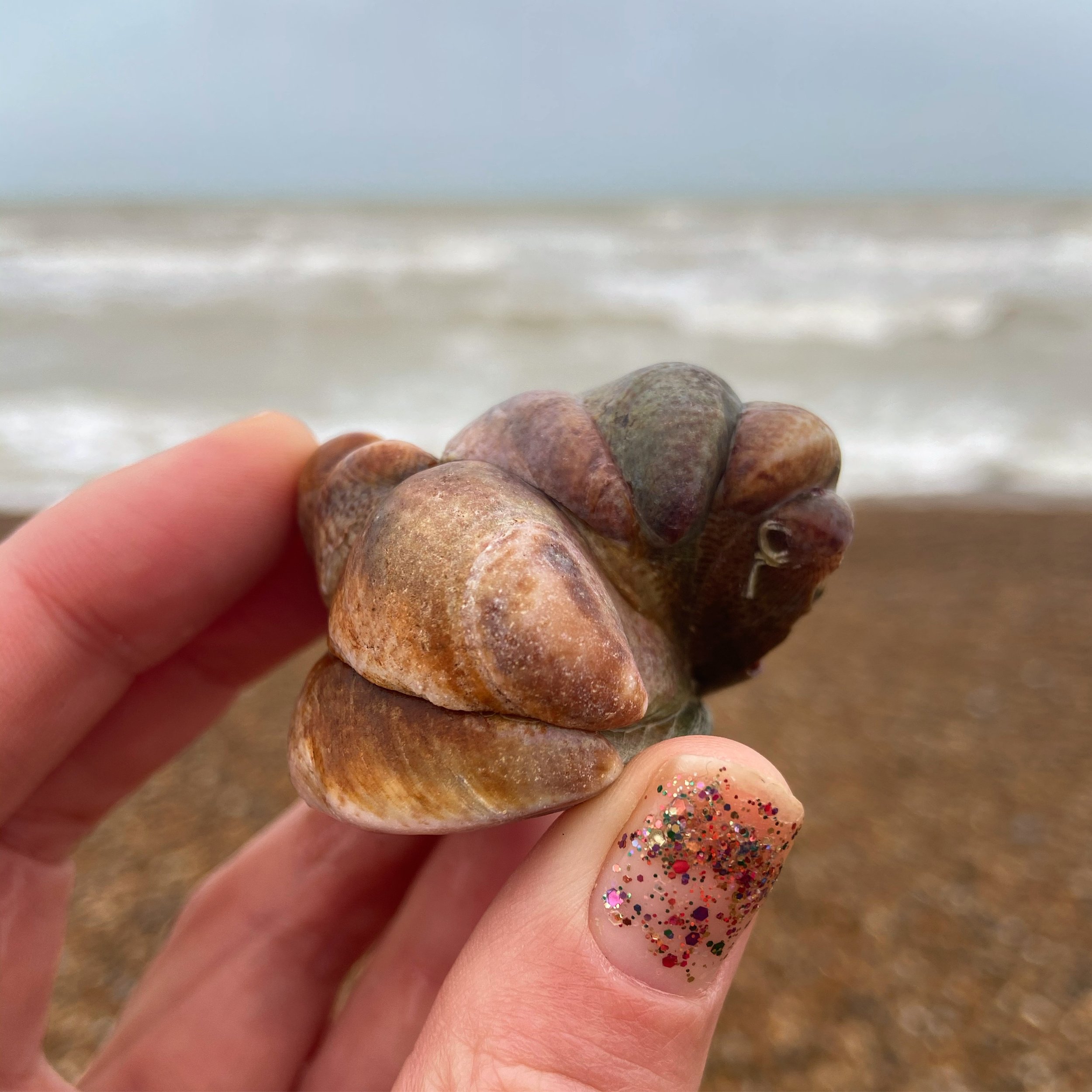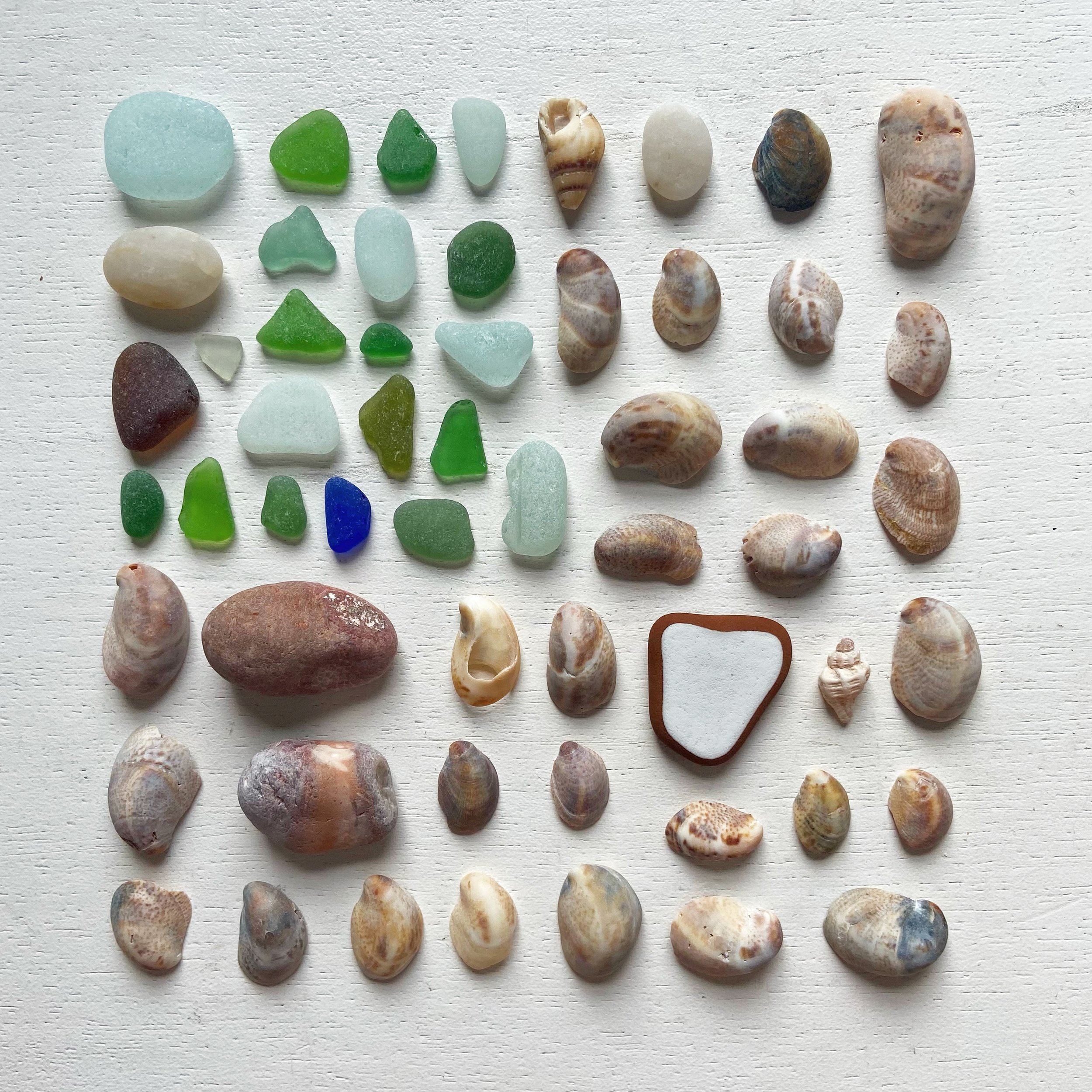Slipper Limpets - Masters of Sex
Ever found one of these on the beach? A stack of slipper limpets all smushed on top of each other?
Did you know that slipper limpets can change from male to female depending on circumstances? When a slipper limpet is born they float off and will either land on a flat surface or another slipper limpet. If they land on a flat surface, this slipper limpet will become a female and will secrete pheromones to encourage other limpets to find her and create a new stack. So if a limpet lands on her, they will become a male. If a slipper limpet lands on an existing stack, they will become male. For example, when you observe a larger stack like this, the limpet on the bottom is ALWAYS female. The ones in the middle are undecided and changing sex, depending on the pheromones the female is releasing and the ones on the top are male. If the female dies, then the one above her takes her place and becomes female and the ones above juggle to reflect this. Because they are sessile once mature, the male uses his extra large limpet penis to protrude under the females shell and fertilise the 1,000 odd eggs she has. These are then released as larvae which float off to either start a new chain or settle on an existing one. Its a successful way of reproducing and why the slipper limpet thrives so well, usually sea snails don’t mate this way. Most gastropods sperm and eggs are released willy nilly into the sea separately in the vain hope that they will bump into each other and fertilise.
A non-native invasive species, they were first reported in the UK in Liverpool, 1872, having smuggled themselves aboard a boat that was carrying oysters from North America. Slipper limpets like to adhere themselves to other shells, so this has been detrimental to native oysters and indeed any mollusc it can attach itself too. This is where the problem arises, although the slipper shell is not carnivorous and poses no threat to the oyster in this respect, it does compete with the oyster for food. They both like to hang out in the same types of ecosystem, and the slipper limpet spreads out like a carpet over the oysters, who feed off the floor bed. They breed like wild fire and the slipper limpets quickly dominate the food chain thus oyster numbers deplete.
Most people talk openly about how ugly they are, but I think they are rather beautiful shells, slipper or boat shaped, hense the term “slipper limpet” even though it goes by many other names, slippersnail, boat shell, quarterdeck shell and fornicating slipper snail.
Goodbye, until next time…

